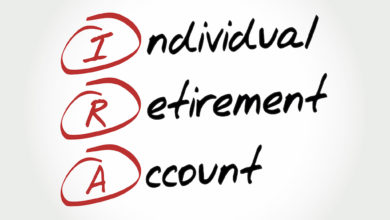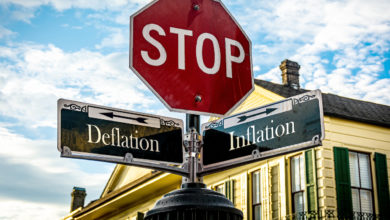Fortify Your Wealth: The Smart Investor’s Guide to Safe-Haven Assets


Safe-haven assets are vital yet frequently underestimated components in the investment world, providing a protective barrier for your portfolio amidst economic downturns. These assets have an impressive capacity to remain steady or even appreciate in value when financial markets face instability and turbulence. The experts at the Institute of Financial Wellness explore various safe-haven assets and how they can safeguard your wealth. Understanding and incorporating these assets into your investment strategy can positively impact your retirement score by boosting financial stability and reducing risk during market downturns.
For more financial resources, be sure to visit the Institute of Financial Wellness today!
Key Takeaways
- Safe-haven assets, such as gold and U.S. Treasury bonds, are essential for preserving wealth during economic volatility and market downturns.
- Investors often turn to safe-haven currencies like the U.S. dollar, Japanese yen, and Swiss franc for their perceived stability in times of financial uncertainty.
- Defensive stocks, including utilities and healthcare, provide steady returns and stability, making them valuable additions to an investment portfolio during economic turbulence.
Understanding Safe-Haven Assets
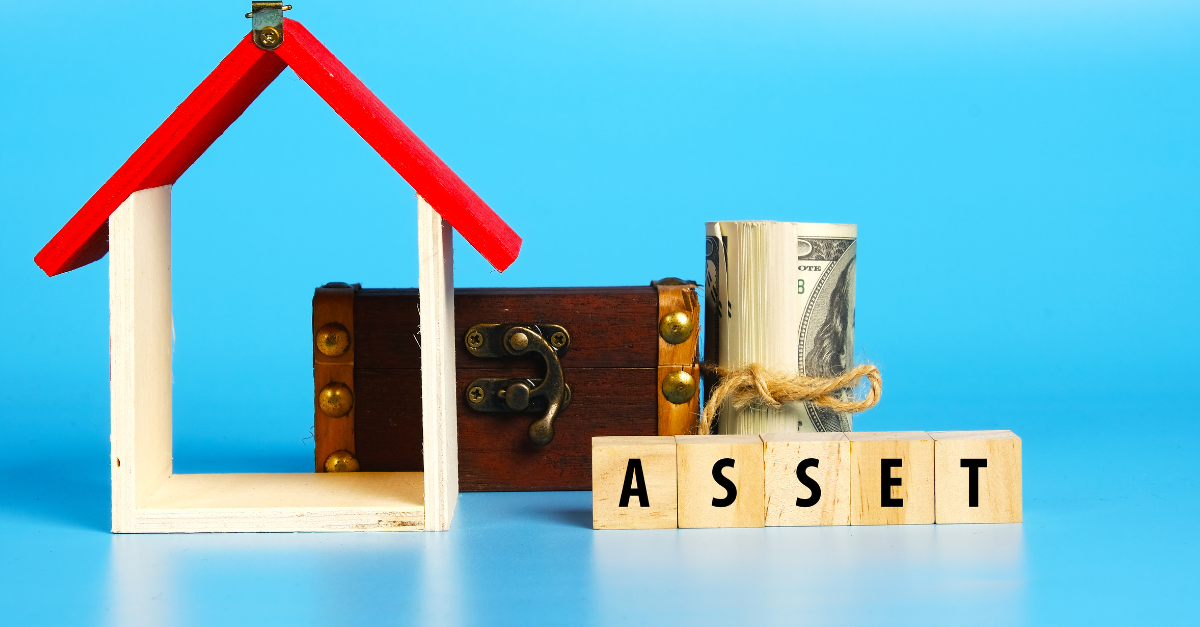
 Safe-haven investments serve as the foundation of a robust investment portfolio. These assets stabilize your investments during economic volatility, preserving capital and reducing overall risk exposure. The types of assets considered safe havens are diverse. They include:
Safe-haven investments serve as the foundation of a robust investment portfolio. These assets stabilize your investments during economic volatility, preserving capital and reducing overall risk exposure. The types of assets considered safe havens are diverse. They include:
- Currencies like the U.S. dollar and Japanese yen
- Precious metals such as gold and silver
- Defensive stocks in sectors like utilities and healthcare
- Government bonds.
Historical data supports the value of traditional safe-haven assets in safeguarding wealth when other asset classes are underperforming. In turbulent markets, investors often turn to safe-haven assets to protect their capital and avoid potential losses. This behavior is particularly evident during market corrections and significant geopolitical events, which often trigger a shift towards these reliable investments.
- During financial crises, such as the global financial crisis of 2008 or the COVID-19 pandemic, assets like gold and U.S. Treasury bonds saw increased demand and appreciation.
Top Safe-Haven Assets to Protect Your Investment Portfolio
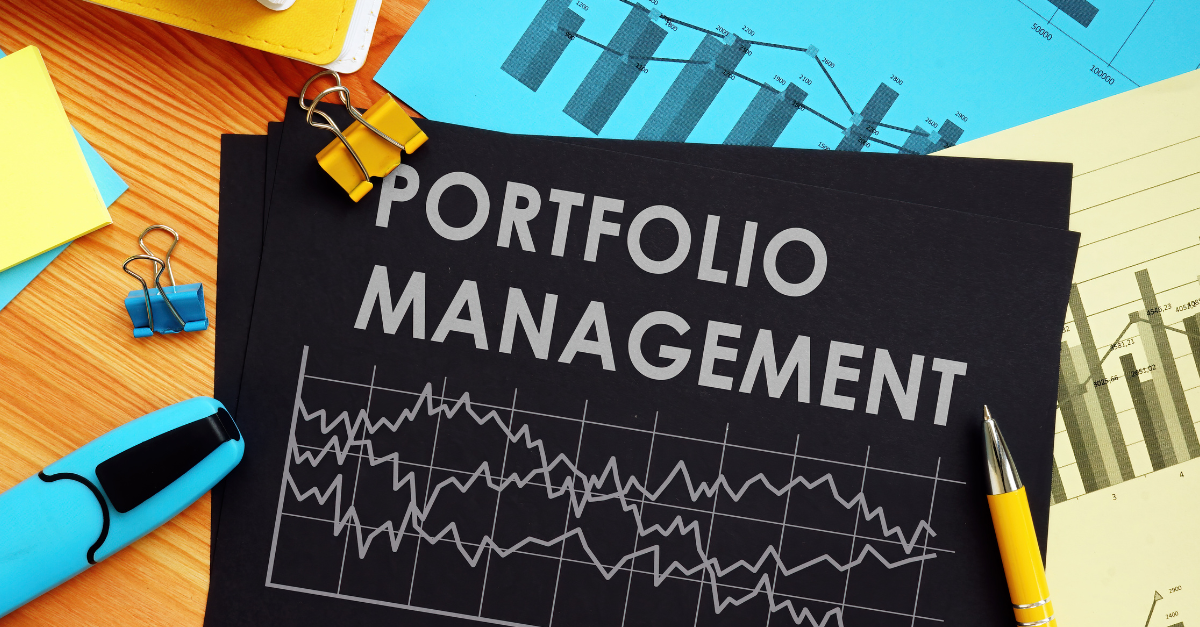
 Integrating a mix of these safe-haven investments into your portfolio creates a buffer against market declines, protecting your wealth in any economic climate. While these assets provide a buffer against market downturns, they are not guaranteed to retain value in all economic conditions.
Integrating a mix of these safe-haven investments into your portfolio creates a buffer against market declines, protecting your wealth in any economic climate. While these assets provide a buffer against market downturns, they are not guaranteed to retain value in all economic conditions.
The effectiveness of different safe-haven assets can differ depending on the specific characteristics of each market downturn. Knowing the characteristics and historical performance of these safe havens aids investors in making informed decisions to protect their portfolios.
Each of these asset classes has unique safe-haven properties that make them attractive during economic downturns.
Gold and Precious Metals

Precious metals are reliable safe-haven investments. Gold, in particular, hedges against inflation and economic downturns, retaining its value when other asset classes falter.
- During the COVID-19 pandemic, gold maintained positive Sharpe ratios and average returns, underscoring its reliability as a safe-haven asset.
Other precious metals like silver and palladium also serve as safe-havens, benefiting from their inherent value and physical nature, which are less affected by economic fluctuations.
Gold:
Gold is a cornerstone of safe-haven assets, often viewed as insurance against economic uncertainties. Investors reallocate assets into gold as a hedging strategy, leveraging its stable value. One of the key reasons for gold’s enduring appeal is its negative correlation with stock market performance; when stock prices fall, gold prices typically rise.
Moreover, gold serves as a long-standing store of value, maintaining stability over time. Unlike traditional currencies, which can be devalued through overprinting, gold preserves its worth. Its physical nature and historical significance make it a reliable choice for those looking to safeguard their wealth.
Silver and Palladium:
Silver and palladium are other precious metals that have gained recognition as safe-haven investments. These metals offer alternative options for investors seeking to diversify their portfolios beyond gold. A significant 73% of clients expect the price of silver to rise, indicating strong market demand and its safe haven status.
Palladium also reflects a growing recognition as a safe-haven asset. Its rising price and positive investor sentiment—86% of clients anticipate its price to increase—underscore its importance in investment portfolios.
These metals, similar to gold, benefit from their tangible commodity nature, offering protection against economic instability.
Safe-Haven Currencies
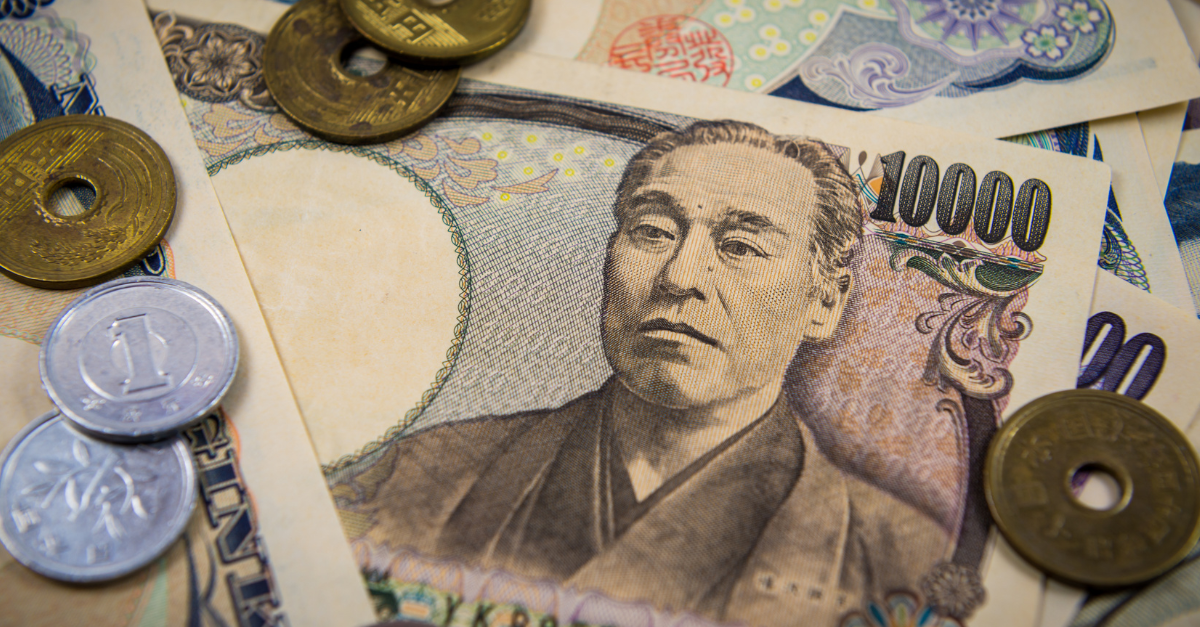
Certain currencies are revered as safe-havens during periods of global instability. These currencies are typically associated with countries that have strong economies and stable political environments, making them attractive options for investors seeking refuge during economic turmoil. Known for their stability and reliability, prime examples of these currencies include:
- U.S. dollar
- Japanese yen
- Swiss franc
US Dollar:
 The U.S. dollar stands out as the world’s primary reserve currency, benefiting from a strong economy and stable interest and exchange rates. Its status ensures consistently high global demand, making it a reliable safe haven. During times of economic uncertainty, the dollar’s stability makes it a preferred choice for investors seeking to protect their wealth.
The U.S. dollar stands out as the world’s primary reserve currency, benefiting from a strong economy and stable interest and exchange rates. Its status ensures consistently high global demand, making it a reliable safe haven. During times of economic uncertainty, the dollar’s stability makes it a preferred choice for investors seeking to protect their wealth.
Its pivotal role in international trade further cements the U.S. dollar’s safe haven status. Widely accepted and used in transactions around the globe, the dollar remains a cornerstone currency, acting as a safeguard against economic downturns and instability.
Swiss Franc:
The Swiss franc (CHF), Switzerland’s national currency, is renowned for its low volatility and stability. Switzerland’s neutral political stance enhances its attractiveness as a safe haven, offering investors a secure option during domestic or international uncertainties.
Its reliability during economic turmoil makes the franc a favored choice to protect investments. Its stability, combined with Switzerland’s strong financial system, ensures that the Swiss franc remains a cornerstone of safe-haven currencies.
Japanese Yen:
The Japanese yen typically appreciates against the U.S. dollar during U.S. stock market declines, reinforcing its status as a safe-haven currency. However, during the 2022 downturn, the yen showed weakness, reaching a 32-year low against the U.S. dollar. Despite this, 65% of CMC client accounts expect the USD/JPY price to drop, indicating ongoing confidence in the yen.
The yen’s performance during economic instability highlights its potential as a safe-haven asset. Its appreciation during market declines provides investors with an alternative to traditional safe-haven currencies.
Government Bonds
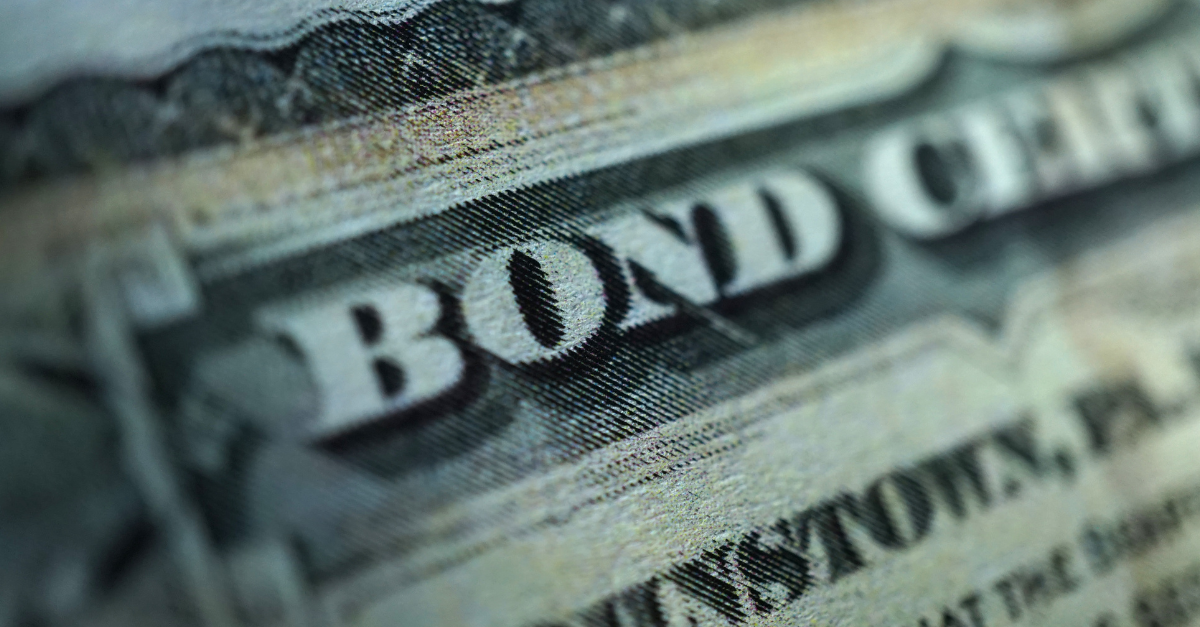
 Government bonds are a cornerstone of safe-haven investments, favored for their low default risk and reliability during times of economic decline. Historical events show that assets like U.S. Treasury bonds attract investors during financial crises, providing a stable and secure investment option.
Government bonds are a cornerstone of safe-haven investments, favored for their low default risk and reliability during times of economic decline. Historical events show that assets like U.S. Treasury bonds attract investors during financial crises, providing a stable and secure investment option.
These bonds offer low volatility and are considered risk-free, making them essential to any diversified investment strategy in the low-volatility capital market.
Treasury Bills:
Treasury bills issued by the U.S. government represent stable investments with low default risk. They are sensitive to broader economic conditions, influenced by factors such as:
- Inflation
- Interest rates
- Currency changes
Despite these influences, Treasury bills remain a preferred choice for investors seeking stability during market turmoil.
The three-month Treasury bill rate is often used as the risk-free rate in financial studies, highlighting its significance in financial markets. This designation underscores the reliability and low-risk nature of Treasury bills, making them a cornerstone of safe-haven assets.
Gilts:
UK gilts, government-backed securities, are favored for their security and stability during financial crises. Backed by the UK government, these bonds are considered reliable investments, offering investors peace of mind.
During financial crises, gilts tend to retain their value, making them a preferred choice for those seeking stability in their investment portfolios. Their low volatility and government backing ensure that gilts remain a reliable safe-haven asset.
Defensive Stocks
 Defensive stocks are considered safe-havens because they consistently generate stable earnings across various economic conditions. These stocks tend to outperform during market downturns by providing essential goods and services that remain in demand regardless of economic fluctuations. Examples of defensive stocks include:
Defensive stocks are considered safe-havens because they consistently generate stable earnings across various economic conditions. These stocks tend to outperform during market downturns by providing essential goods and services that remain in demand regardless of economic fluctuations. Examples of defensive stocks include:
- Utilities
- Consumer staples
- Healthcare
This stability makes defensive stocks a valuable addition to any investment strategy aimed at preserving capital during economic turbulence.
Utilities:
Utility stocks are a prime example of defensive stocks, providing essential services that generate consistent cash flows regardless of the economic climate. These stocks are favored during market volatility because utilities––such as electricity, water, and gas––are indispensable to daily life. Thus, their ability to maintain steady income generation even during economic downturns makes them a reliable safe-haven investment.
The stability of utility stocks makes them a reliable choice for investors seeking safety during economic uncertainties. Their essential nature ensures constant demand, providing a buffer against market turbulence and securing their place as a cornerstone in defensive investment strategies.
Healthcare:
 Healthcare stocks demonstrate resilience during economic downturns, making them valuable safe-haven assets. The demand for medical services remains constant regardless of economic conditions, contributing to the stability and reliability of these stocks.
Healthcare stocks demonstrate resilience during economic downturns, making them valuable safe-haven assets. The demand for medical services remains constant regardless of economic conditions, contributing to the stability and reliability of these stocks.
- This was particularly evident during the COVID-19 pandemic, when healthcare services and products were in continuous demand, reinforcing the sector’s defensive nature.
These stocks benefit from the essential nature of healthcare, ensuring they remain a robust component of a diversified portfolio aimed at preserving wealth during adverse economic events.
Consumer Staples:
Consumer staples companies produce goods that remain in demand regardless of the economic environment. Companies in this sector benefit from a steady stream of revenue even in adverse economic climates with products that are considered necessities, such as:
- Food
- Beverages
- Basic household supplies
This consistent demand helps these companies maintain stability and provides a buffer against market fluctuations.
Consumer staples companies are regarded as safe havens during periods of market turbulence due to their inherent stability. Their capacity to generate positive returns and sustain continuous demand makes them a dependable investment option for those aiming to protect their portfolios from economic volatility.
Alternative Safe-Haven Assets
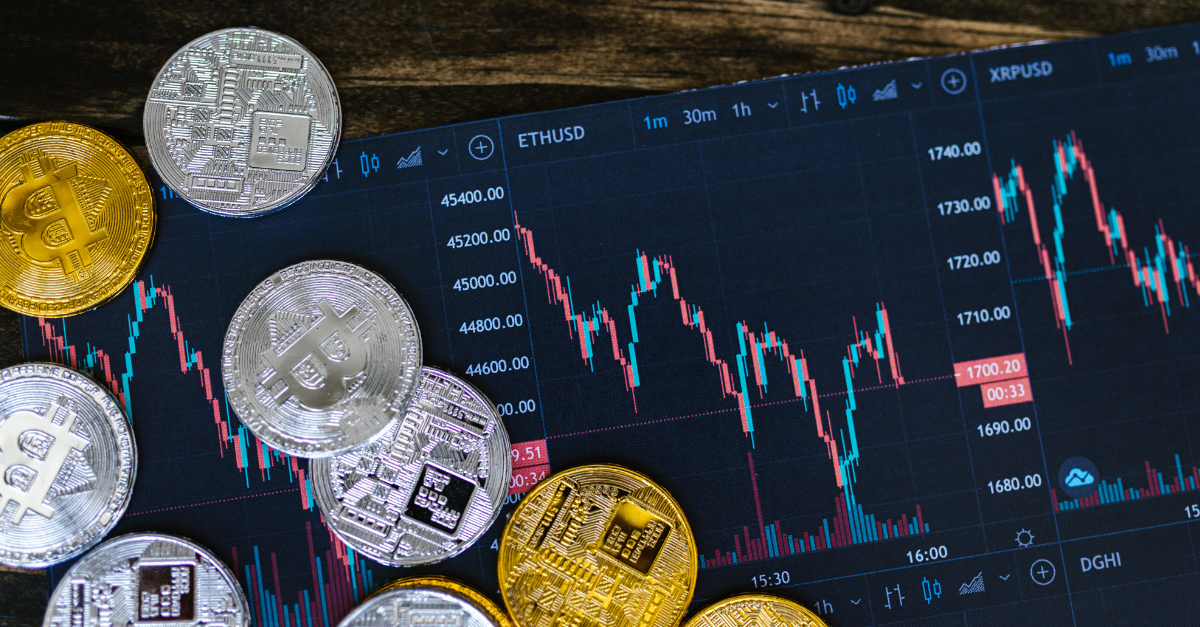
Beyond traditional safe-haven investments, alternative assets like cryptocurrencies and real estate have emerged as potential safe havens. During the COVID-19 pandemic, these assets gained recognition for their ability to preserve value and provide security in times of market volatility.
By diversifying into these alternative investments, people can further protect their portfolios from economic instability.
Cryptocurrencies:
Cryptocurrencies, particularly Bitcoin, have been considered by some as potential safe-haven assets due to their digital nature and decentralized characteristics. However, high volatility remains a significant trait of cryptocurrencies, making them unpredictable during market downturns. This volatility has led to skepticism about their reliability as safe-haven investments.
Despite the high volatility, the growing interest in cryptocurrencies suggests that they might play a role in future investment strategies aimed at diversification. Investors should approach these assets with caution, understanding that their unpredictable nature can both provide opportunities and pose risks.
Real Estate:
Real estate is often viewed as a reliable hedge against inflation, with the potential to retain value during economic downturns. Properties generally appreciate over time, providing a stable investment that can preserve wealth even when other asset classes are underperforming. This makes real estate a valuable addition to a diversified investment portfolio.
Investors seek real estate as a safe haven due to its tangible nature and ability to generate rental income, providing a steady stream of returns. By incorporating real estate in an investment strategy investors can boost portfolio stability and offer protection against market volatility.
Safe-Haven Assets As an Investment Strategy in Retirement

 Safe-haven assets play a crucial role in protecting wealth during times of economic uncertainty, which is particularly important for individuals planning for retirement. By diversifying their portfolios with traditional safe havens like gold, government bonds, and defensive stocks, investors can reduce risk exposure and preserve capital. This stability is invaluable during market downturns, offering a buffer against financial losses that could otherwise jeopardize retirement savings.
Safe-haven assets play a crucial role in protecting wealth during times of economic uncertainty, which is particularly important for individuals planning for retirement. By diversifying their portfolios with traditional safe havens like gold, government bonds, and defensive stocks, investors can reduce risk exposure and preserve capital. This stability is invaluable during market downturns, offering a buffer against financial losses that could otherwise jeopardize retirement savings.
Incorporating safe-haven assets into a retirement investment strategy helps ensure that an individual’s financial future remains secure, even amidst economic turbulence. Additionally, alternative assets like cryptocurrencies and real estate are gaining recognition for their potential to safeguard wealth. As the financial landscape evolves, staying informed about the various safe haven options and incorporating them into a well-rounded investment strategy can help investors achieve long-term financial security and peace of mind for their retirement years. Embrace the confidence that comes with knowing your investments are fortified against economic challenges, allowing you to focus on enjoying your retirement.
Frequently Asked Questions
What are safe-haven assets?
Safe-haven assets are investments that are anticipated to retain or grow in value during periods of market volatility, thereby safeguarding against potential financial losses. They offer a reliable choice for risk-averse investors seeking stability in uncertain economic conditions.
Why are gold and other precious metals considered safe havens?
Gold and other precious metals are seen as safe havens because of their intrinsic value and ability to maintain stability, especially during economic downturns and periods of inflation. Consequently, they provide a reliable hedge against market volatility.
What makes the US dollar a safe-haven currency?
The US dollar is considered a safe-haven currency because of its strong economy, stable interest and exchange rates, and broad acceptance in international trade, resulting in high global demand. This reliability fosters confidence during times of economic uncertainty.
How do government bonds act as safe-haven investments?
Government bonds serve as safe-haven investments due to their low default risk and reliability in times of economic downturns, providing stability and consistency. As a result, they are often viewed as risk-free assets that preserve capital.
Are cryptocurrencies reliable safe-haven investments?
Cryptocurrencies are generally not regarded as reliable safe-haven investments due to their high volatility and unpredictability. While they may offer some alternative appeal, caution is advised for investors seeking stability.
Erik C. Sussman, CLU®, ChFC®, CFP®, and CEO of The Institute of Financial Wellness founded the company to provide financial education, resources, and services that help people live their best lives.
For Financial Professionals:
The Institute of Financial Wellness provides proven sales and marketing systems, state-of-the-art technology, training, and support to financial professionals nationwide. The IFW helps financial professionals grow their practices to the next level! IFW Certified Financial Professionals are an elite group of professionals that, together with the IFW, help people succeed financially and live their best lives.
For Consumers:
The Institute of Financial Wellness is the most comprehensive multi-media network for financial education, resources, and services. In fulfilling our mission to help people “Get There” and live their best life, we deliver the following five unique value propositions:
Our philosophy is that when it comes to financial decisions, Never say Never. Never say Always. It Depends!



